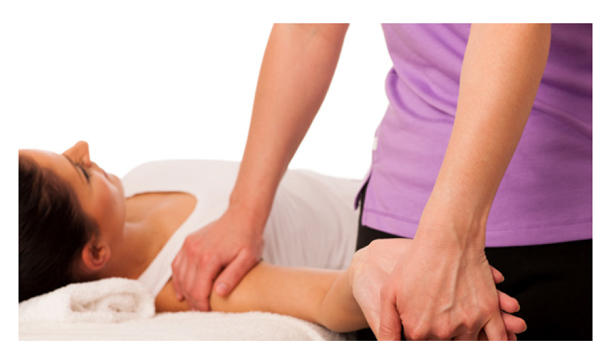Distal Biceps Rupture
What is a distal biceps rupture – sounds pretty awful doesn’t it?!
The biceps is a two part muscle on the front of your arm that has a proximal (near the shoulder) and a distal (near the elbow) portion. The biceps bends the elbow and turns the palm of the hand up toward the ceiling as if holding change or
opening a door. A distal biceps rupture is when the portion of the biceps that attaches in the lower arm tears away from the bone.
What causes a distal biceps rupture?
A common cause for a distal biceps rupture is usually trauma involving the elbow. For example, when a person attempts to pick up a heavy load, such as a box, and it is heavier than expected, the bent elbow is forcefully straightened against the lifting force causing the muscle to tear. A distal biceps rupture may also occur as a result of a fall or accident.
What are the symptoms of a distal biceps rupture?
A distal biceps rupture can cause pain and bruising on the front of the arm. Some individuals hear a “pop” and see a small ball or mass on the front of the arm. There may also be weakness when turning the palm up from a down position with activities such as using a screw driver.
“Working with a knowledgeable hand therapist can make the difference between success and failure in complex hand surgical cases. The therapist extends the continuum of our care, as well as functioning as coach and trainer for our patients.”
~ Marybeth Ezaki, MD, President, American Society for Surgery of the Hand
What is the treatment for a distal biceps rupture?
There are two types of distal biceps ruptures, a partial rupture and a full rupture. A partial distal biceps rupture means that some of the muscle remains attached to the bone in the lower arm near the elbow. Partial distal biceps ruptures are usually treated non-surgically. Treatment may include medication for pain, rest of the arm with a sling and hand therapy. A full rupture means the muscle has totally pulled away from the bone near elbow, and is repaired with surgery. Surgery involves reattaching the distal biceps to the bone. Some individuals choose not to have surgery. The physician will discuss all options to decide the best treatment for each individual.
CONTACT BOULDERCENTRE AND ASK FOR DR. DANIEL MASTER TO SEE HOW WE CAN HELP.

What can a hand therapist do for me?
For the individual who does not have surgery, a hand therapist can help reduce pain, decrease swelling maintain full motion of the elbow and provide strengthening of the muscles of the elbow and shoulder.
After surgery, a hand therapist can help reduce swelling and pain and increase movement of the elbow, wrist and hand. The hand therapist may also fit the elbow with a protective orthosis. It will take time to fully recover, so the therapist will assist in modifying activities until it is safe to return to forceful activities, such as heavy lifting.
CONTACT BOULDERCENTRE FOR YOUR THERAPY WITH SALLY BROWN OR BRIDGET MYERS.
Content courtesy of American Society of Hand Therapists.